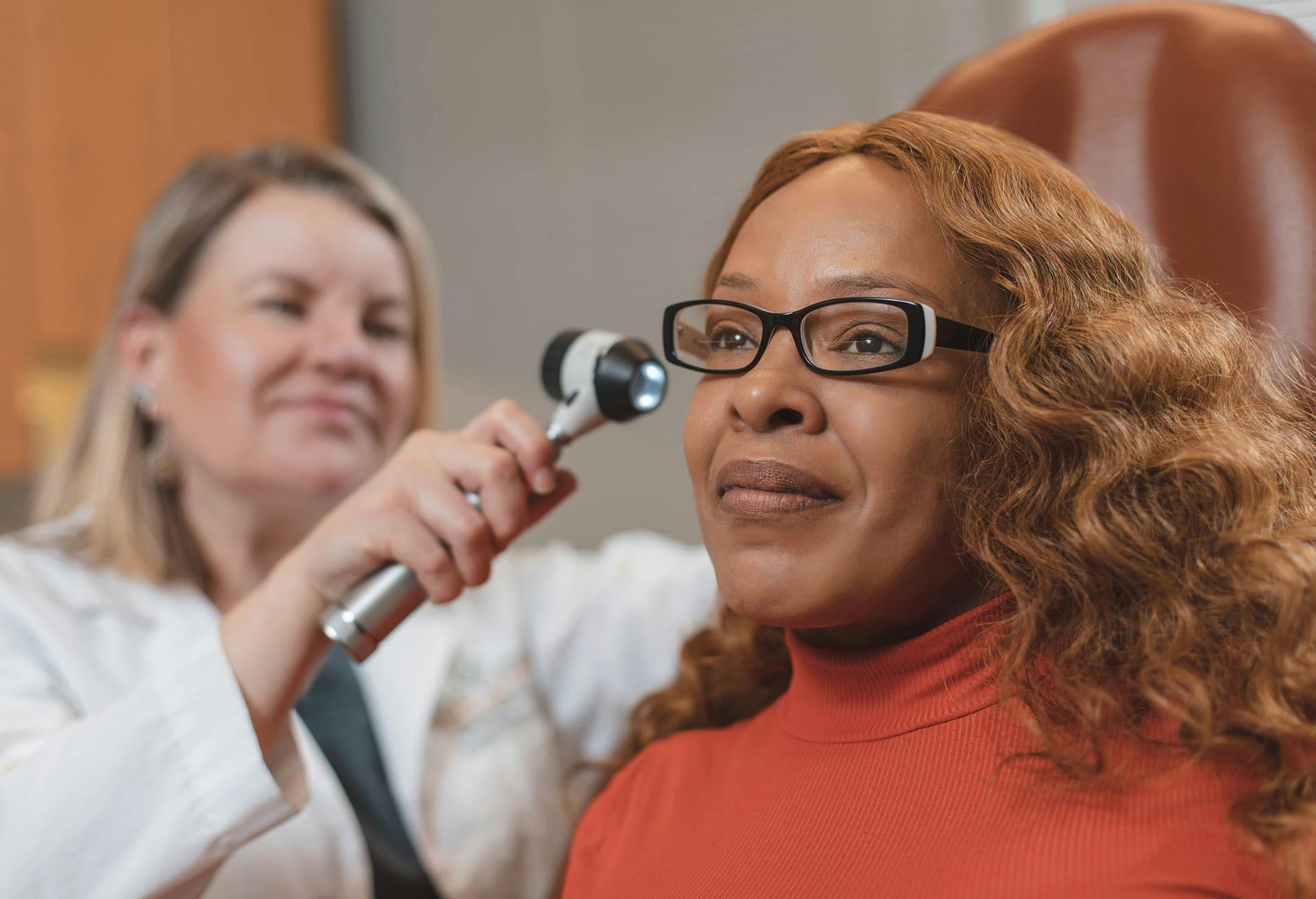If your skin has a mole that concerns you, getting it checked out by one of our medical providers at Skin Care Doctors can help bring you peace of mind.
Who Gets Moles?
Moles are seen on the skin of all people and can appear anywhere on the skin. The average person has between fifty to one hundred moles on their body. Anyone can get moles, but some people are more likely to develop them than others. A combination of genetic and environmental factors generally determines the development of moles. Some factors that increase the risk of developing moles include age, family history, fair skin, sun exposure, hormonal changes, and immunodeficiency.




